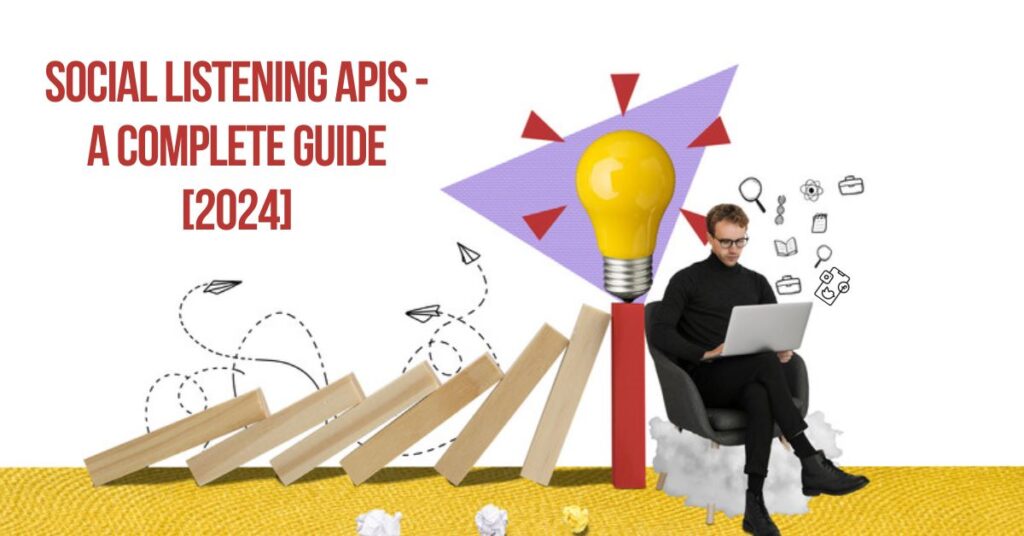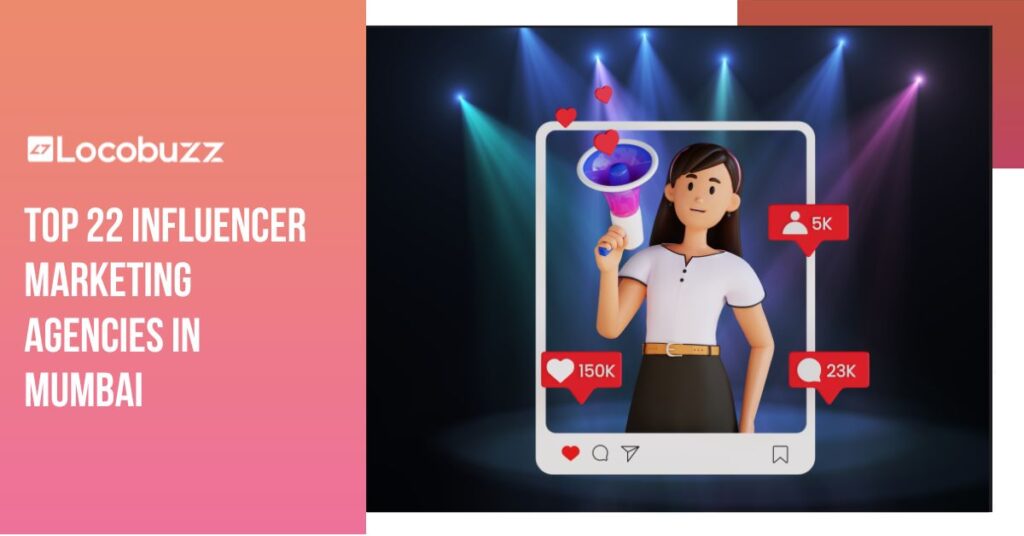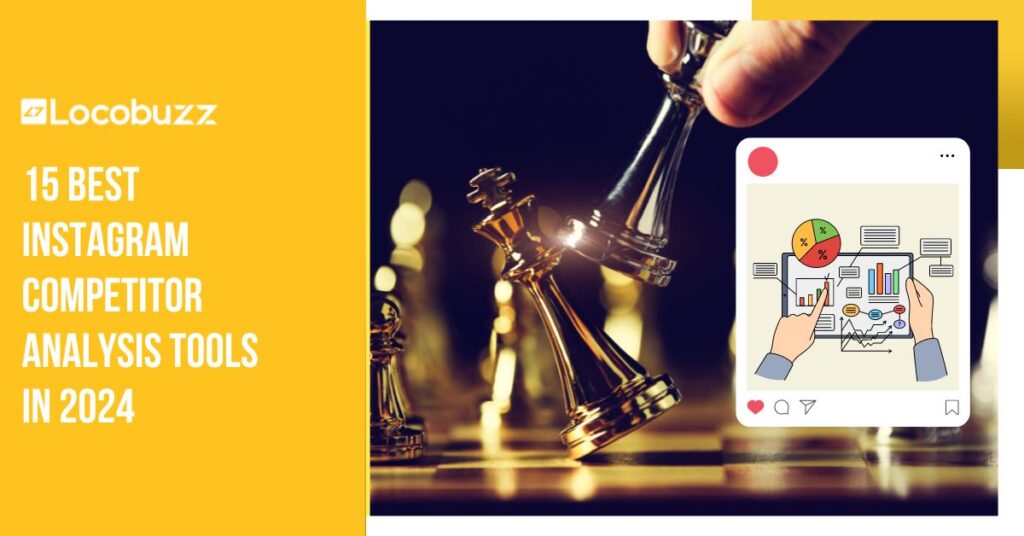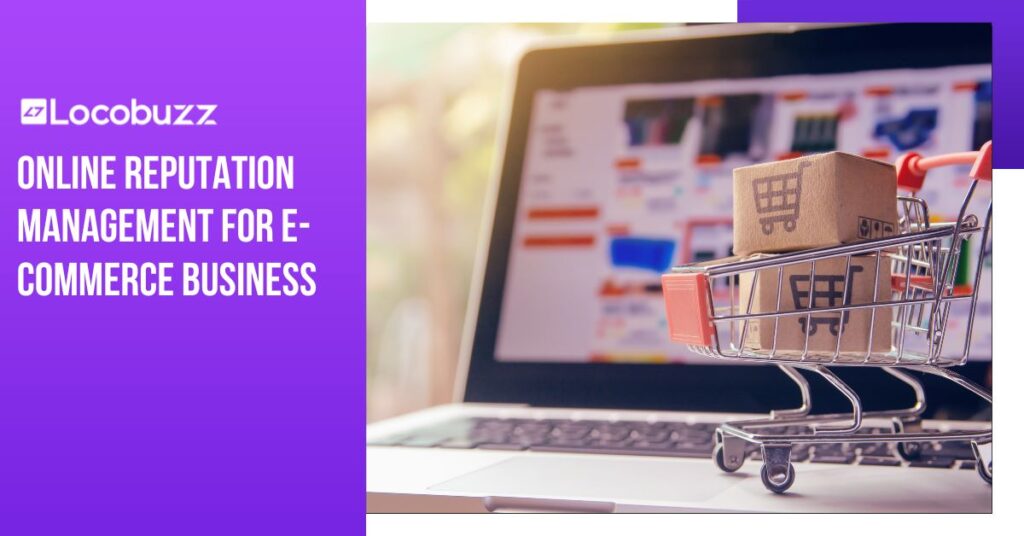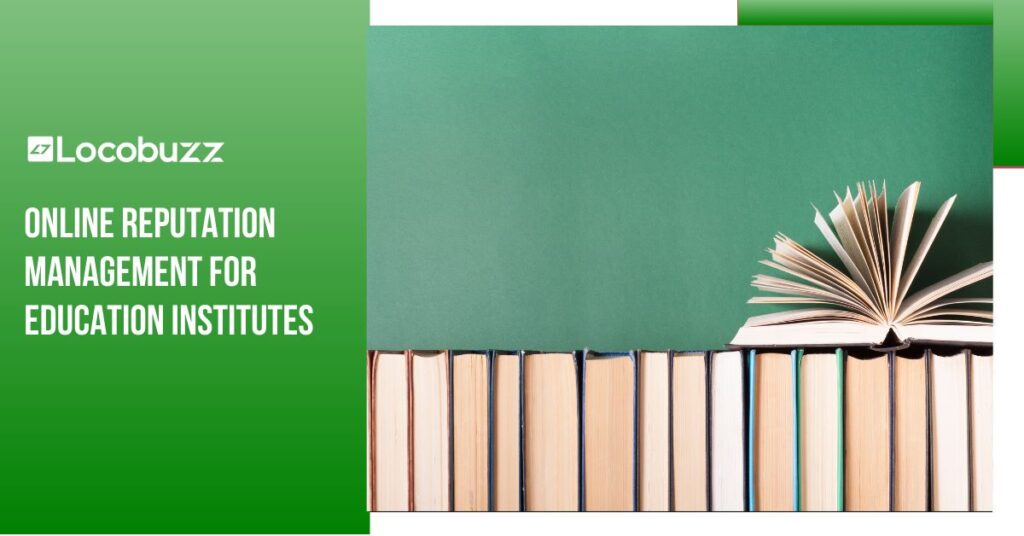Social Listening APIs – A Complete Guide [2025]
Social Listening APIs – A Complete Guide [2025] Did you know that the goodwill and good name of your brand can be affected by its online reputation? You’ve heard right. With 462 million of India’s population using social media, it has become an important channel for businesses. But how do you maintain your brand’s online presence? Social listening- that’s how! Social Listening APIs are tools that help brands maintain their online reputation and presence. It includes listening to and tracking conversations about brands on social media. This can help companies build a relationship with their audience and understand them. In 2025, as social media engagement continues to decide whether the customer will stick to your brand or not, social listening has become even more important. However, what are Social Listening API’s? Vinay K Mayer’s news article in Times of India says, “Social Listening is an approach of gathering information from social media platforms to track online reputation, detect consumer insights or locate new influencers.” These APIs allow companies to gather information from social media to track their online reputation, gather necessary data, and identify new influencers and customers. Whether you’re a marketer looking to understand your market or a developer seeking knowledge about social listening tools, this blog will be your complete guide to social listening APIs – their importance, usage, and purpose. What are Social Listening APIs? Social listening APIs are programming interfaces that allow marketers and developers to access and interact with social media data for monitoring and analyzing a brand’s online conversations, trends, and sentiment. These APIs allow them to gather data from a social media platform and use them for designing social media strategies. The functions of Social Listening API are: 1. Data Gathering: APIs allow developers to gather data from social media platforms such as mentions, comments, posts, hashtags, and user interactions. 2. Data Filtering: APIs help with filtering the data, and allow users to specify search criteria, keywords, hashtags, or user accounts to narrow down the data. 3. Sentiment analysis: Some APIs have built-in sentiment analysis tools that can analyze the tone and sentiment of social media content and categorize them as positive, negative, or neutral. 4. Trend analysis: APIs help with finding trends in social media such as discovering popular topics, keywords, or hashtags on the internet. 5. Monitoring and Alerts: The API sets up monitoring systems and alerts for the users to receive notifications on triggers, such as spikes in mentions or changes in sentiment. What are the benefits of social listening API? Social Listening APIs are really beneficial for brands and help them build their online presence. They help with: 1. Marketing Campaigns: Social listening tools help marketers understand how their campaigns are doing, identify trends, and design their messages to their target audience. 2. Customer service: Social listening helps brands solve customer queries, complaints, and comments on social media. This way, companies can deliver their content on time and enhance their overall customer experience. 3. Influencer Marketing: Social listening helps businesses identify the influencers that best fit their target audience and market, understand their audience size, and create partnerships. 4. Trend analysis: Social listening helps companies stay up to date with the latest news and conversations in the market, grab opportunities, and stay ahead of their competitors. 5. Market Analysis: Social listening analyses the market, gathers the analysis data, and helps businesses understand consumer behavior, preferences, and trends. What are the Types of Social Listening APIs? Twitter API: Twitter API provides users with Twitter data, which includes tweets, user profiles, trends, and more. It is often used for sentiment analysis, trend monitoring, and social listening. Facebook Graph API: Facebook graph API, developed by Facebook, gives access to the user data, pages, and posts on Facebook. It is used to analyze users, track brand mentions, and understand the audience size. Instagram Graph API: Instagram Graph UPI is similar to the Facebook Graph API. This API provides access to Instagram statistics, including articles, posts, comments, and user profiles. It is useful for tracking brand mentions, tracking hashtag usage, and analyzing user-generated content. LinkedIn API: The LinkedIn API provides users with LinkedIn’s professional network data, such as user profiles, company pages, job postings, and contacts. It is used for employer branding, talent acquisition, and more. How to use the Social Listening API? 1. API registration: Users need to register for a developer account on social media platforms like Twitter, Facebook, Instagram, and LinkedIn and then register their application to get their API access credentials like API keys, access tokens, and secret keys. 2. Authentication: Next, they need to use the API to authenticate the application by using the provided credentials. They can do this by sending authentication headers or adding certificates to the API requests. 3. Request data: The users can then make API requests to gather the data that they are interested in. This includes searching for specific keywords, finding out user information, accessing articles or tweets, or following certain hashtags. 4. Data processing: The next step includes processing the data returned by the API to extract context. To do that, the user will need to pass the JSON or XML responses, filter data, and organise them for analysis. 5. Analytics and insights: The user can analyse the data to gather information about their audience, brand perceptions, trends, and other metrics. This includes sentiment analysis, trend detection, stakeholder tracking, and demographic analysis. 6. Post-Monitoring: Businesses can continuously monitor their social media channels through APIs, keep up with conversations, trends, and developments relating to the brand, and design strategies accordingly. Discover how Locobuzz improves customer experience! Book a free demo Tool for Social Listening Locobuzz Locobuzz is a leading social listening tool that offers services to understand a brand’s online presence and the customer sentiment relating to the brand. Locobuzz tracks social media conversations about a brand, its competitors, campaigns, and influencers. This helps the brand study its current position and allows them to stay on top of the trends and respond
 Skip to content
Skip to content
